
If, like me, you consider yourself a minimalist or just find yourself wanting to live a more clutter-free lifestyle, then the Suitcase Method for decluttering with ease could be just the thing to help you achieve a home that’s clear of mess.
This technique works by asking yourself: If you could only pack a single suitcase of your belongings, would this item make the final cut? If so, keep it. If not, it’s time to let it go.
To discover the pros and cons of completing this decluttering method, restore order to your spac,e and banish clutter quickly, I spoke to a decluttering professional and gave it a try myself.
What is the Suitcase Method?
The Suitcase Method can help turn a clear-out into something empowering instead of overwhelming or guilt-inducing.
Explaining how it works, Sofia Martinez, founder and chief executive of Sparkly Maid Austin says, ‘The Suitcase Method is a decluttering approach that asks a simple but powerful question: If you were starting over and could only pack a single suitcase, would this item make the cut?
‘It helps people focus on what they truly use and value, rather than what they’ve just held onto out of habit,’ she adds. ‘That mindset makes the process feel clearer, less stressful, and more intentional.’
It's especially helpful if you find yourself feeling overwhelmed when decluttering or struggle to let sentimental items go.
Pros of the Suitcase Method

The good news is that there are plenty of benefits to using the Suitcase Method. According to Sofia:
- It’s easy: ‘It’s simple, clear, and easy to apply,' the expert says. 'Most people already know what they use and love, they just need a reason to let go of the rest.'
- You won’t have to overthink: ‘This method helps reduce overthinking and can make decisions feel lighter,' Sofia says.
- It works especially well for smaller spaces or moments of transition: ‘Like moving into a new home or resetting a cluttered room,' Sofia adds.
Cons of the Suitcase Method

While this method does work well in terms of streamlining your home, Sofia says there is one main disadvantage to be mindful of.
It’s not ideal for everything, and Sofia explains, ‘Some items, like holiday decorations or meaningful keepsakes, don’t make sense in a suitcase but still have a place in the home.'
In those cases, she suggests a more flexible approach, like the three-box method, where items are sorted into keep, donate, or store piles. Or, you could try out the four-box method, where you have an extra 'relocate' box for items that need to be stored elsewhere. 'That gives people space to hold onto things they care about while still creating order,' Sofia adds.
How to do the Suitcase Method
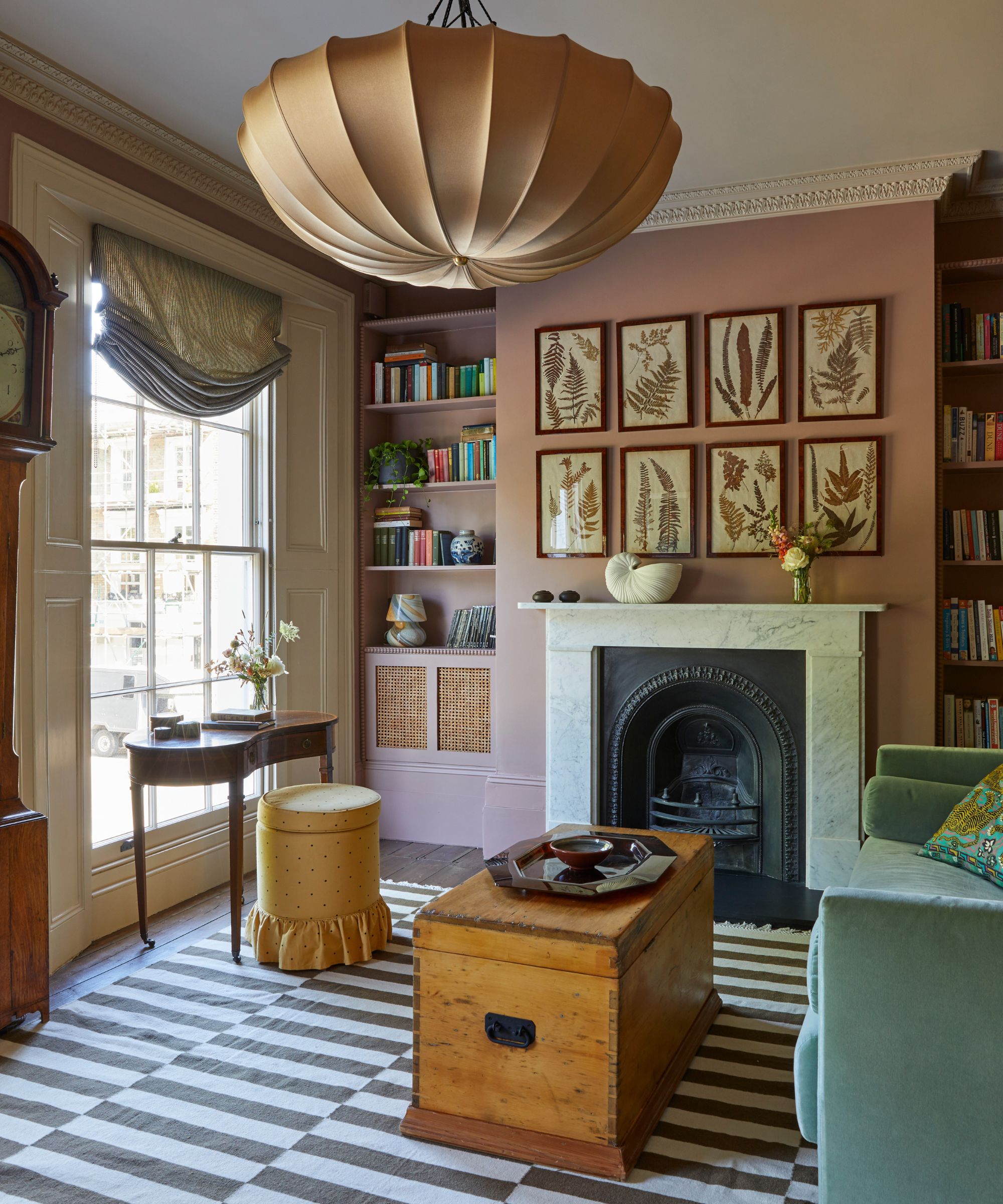
If you'd like to try the Suitcase Method, Sofia says the key is to start off small as it helps you move slowly, space by space, so the process stays manageable. It's one of the best tips to keep in mind if you're tidying when you're feeling overwhelmed.
To do so:
- Choose one drawer, shelf, or section of a particular room to begin. For example, this could be a drawer in your bedroom, a cabinet in your kitchen, or a shelf in your bathroom.
- Then pick up each item and ask yourself if it would come with you for a fresh start.
- If yes, you can either physically pop it into a suitcase, such as this Samsonite Freeform 21-Inch Hardside design, for you to arrange later. And if not, it goes in the donate or discard pile. To help you keep things tidy as you’re doing this, you could sort your items into a box, such as decorative boxes from Walmart that come in a pack of three.
Who is the Suitcase Method good for?
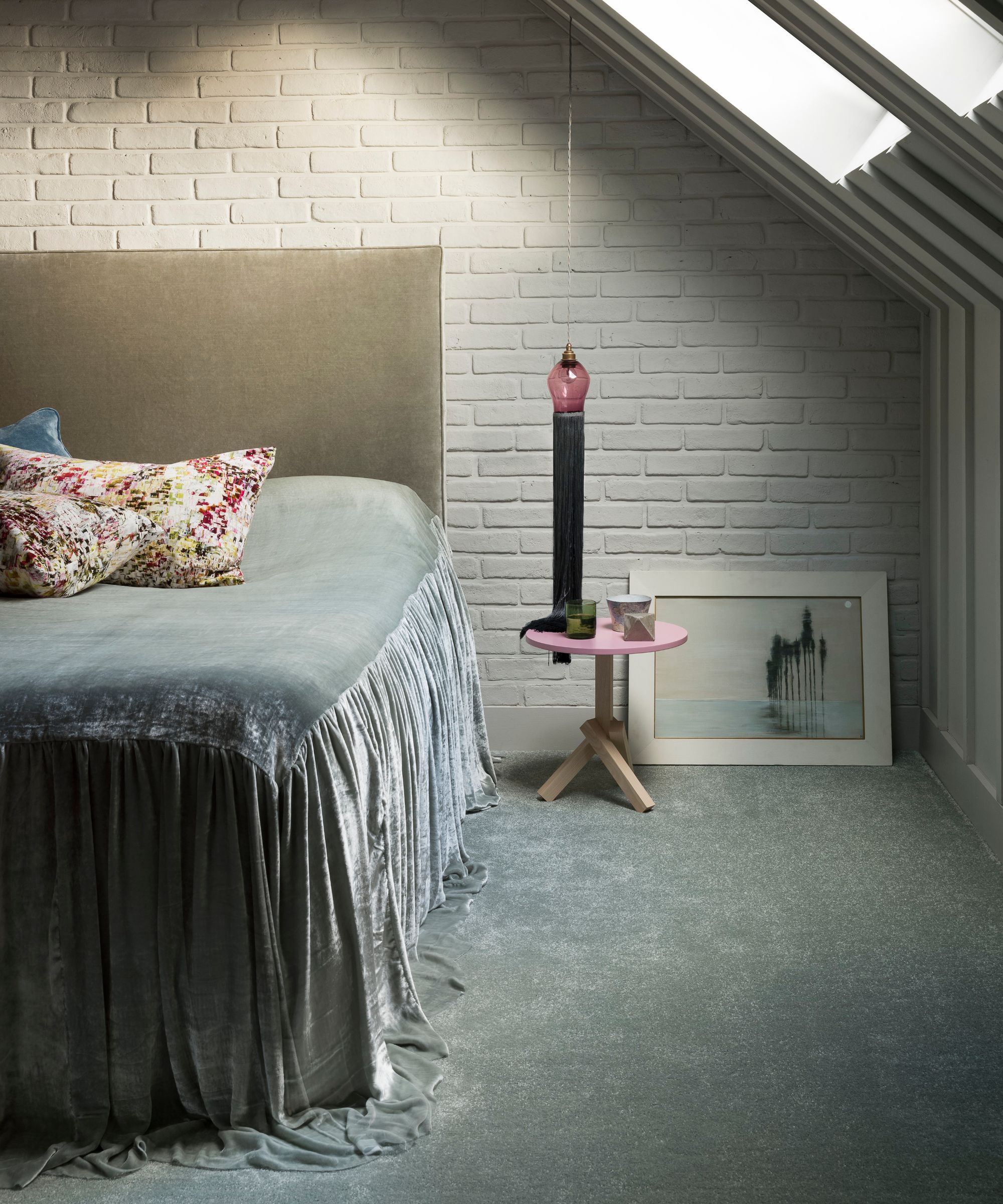
Along with those who live by the organizing habits of minimalists, and those looking to reduce clutter, Sofia says that this method can be especially helpful for people living in smaller spaces or feeling mentally drained by clutter.
‘I also recommend it to clients who are moving or going through life changes,’ the expert adds. ‘It offers a clean framework for making decisions when your head feels full and your space feels chaotic.’
This might be applicable if you're looking to ruthlessly declutter at 40, 50 or because you're downsizing.
Trying the Suitcase Method

I used the Suitcase Method to tackle my main wardrobe, which plays host to all the clothes that I do (and as I soon found out, don't) wear weekly.
To help me clear the clutter without creating even more, I used two fabric bin bags, like these storage boxes without a lid from Wayfair. This helped me organize my clothes into a donate pile and a recycle pile.
For my 'keep' pile, I also forked out my trusty suitcase to see whether or not I could fit my clothes into just one piece of luggage.
The first thing to note about this method is that it provides you with a focus when attempting to declutter, which is something I think is needed. Otherwise, if you're anything like me, you forget the purpose of your mission and end up abandoning the decluttering task halfway through.
This can also help you stay focused when decluttering.
Secondly, by giving you a gentle nudge to only 'pack' items you'd take with you if you were to start again, this helped to provide some clarity and a drive to keep going as though anything you don't pack would have to be donated or recycled.
And thirdly, by keeping the task small, it made this decluttering challenge manageable.
When sorting through my closet, I discovered that for the most part, I was holding onto items for the sake of it. For example, there were some items I had kept because 'I might' wear them again.
This is a common experience, but letting go of the items your 'fantasy self' holds on to can be liberating and free up so much space for things that belonged to previous, or wished for 'versions' of you.
Other items that I felt were 'too nice' to remove, despite the fact I couldn't see myself wearing these garments anytime soon, also went in the get rid of pile. I decided that they are much better off in a new home and not wasting away in mine.
Personifying your possessions in this way makes it easier to declutter without ease or too much deliberation.
Come the end of the challenge, my wardrobe looks a lot lighter than when I first started. But that's not a negative point. Instead, it's packed full of clothes that I will wear today, tomorrow and beyond.
Overall, I'd give the Suitcase decluttering method a 7/10 as it's an easy and purposeful way to help you say goodbye to items that no longer serve their purpose.
Decluttering essentials
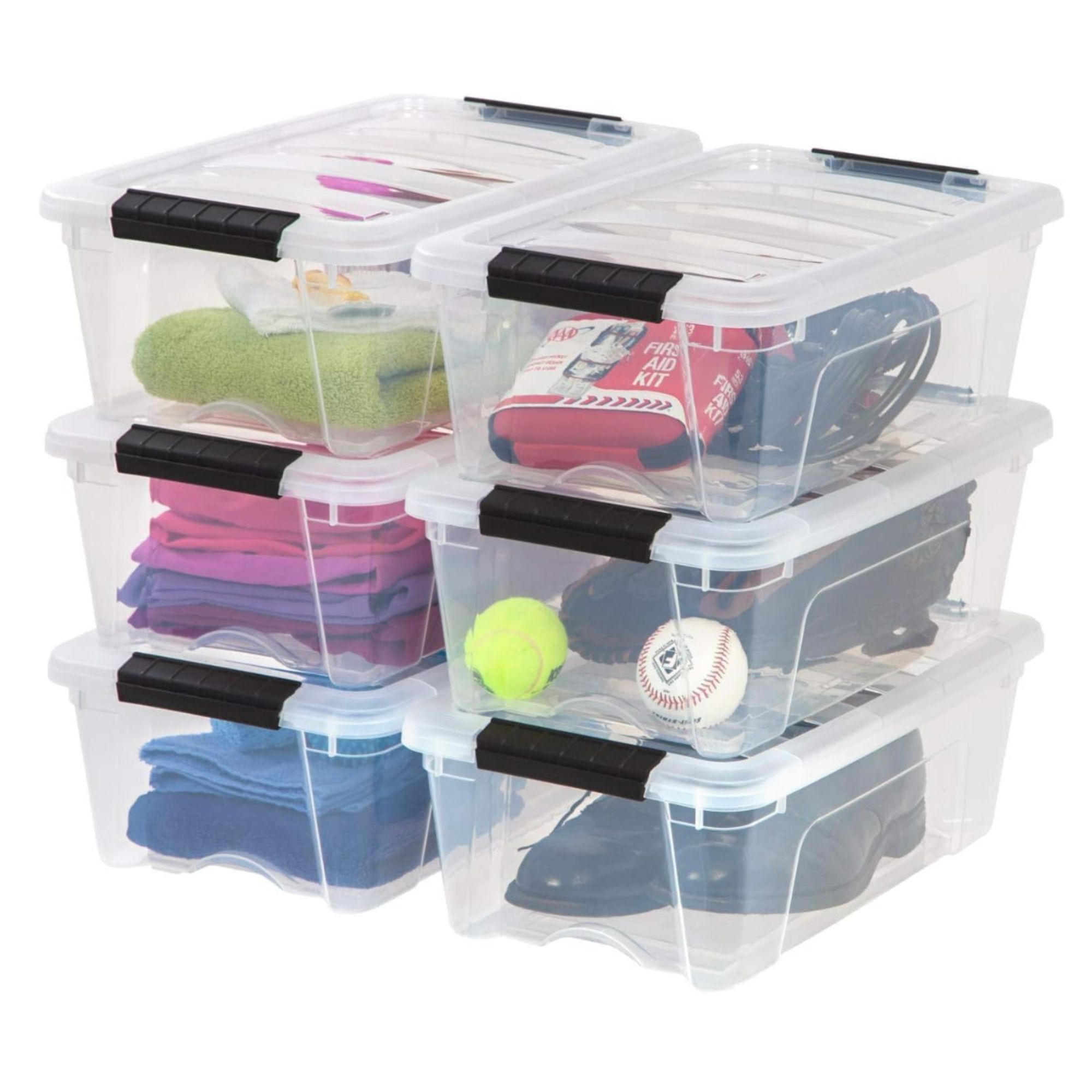
'I always suggest clear storage bins with lids so you can see what you’ve kept without opening everything,' Sofia recommends. These stackable storage boxes come with a securely locking lid and are free from harmful chemicals like BPA, acids and phthalates.
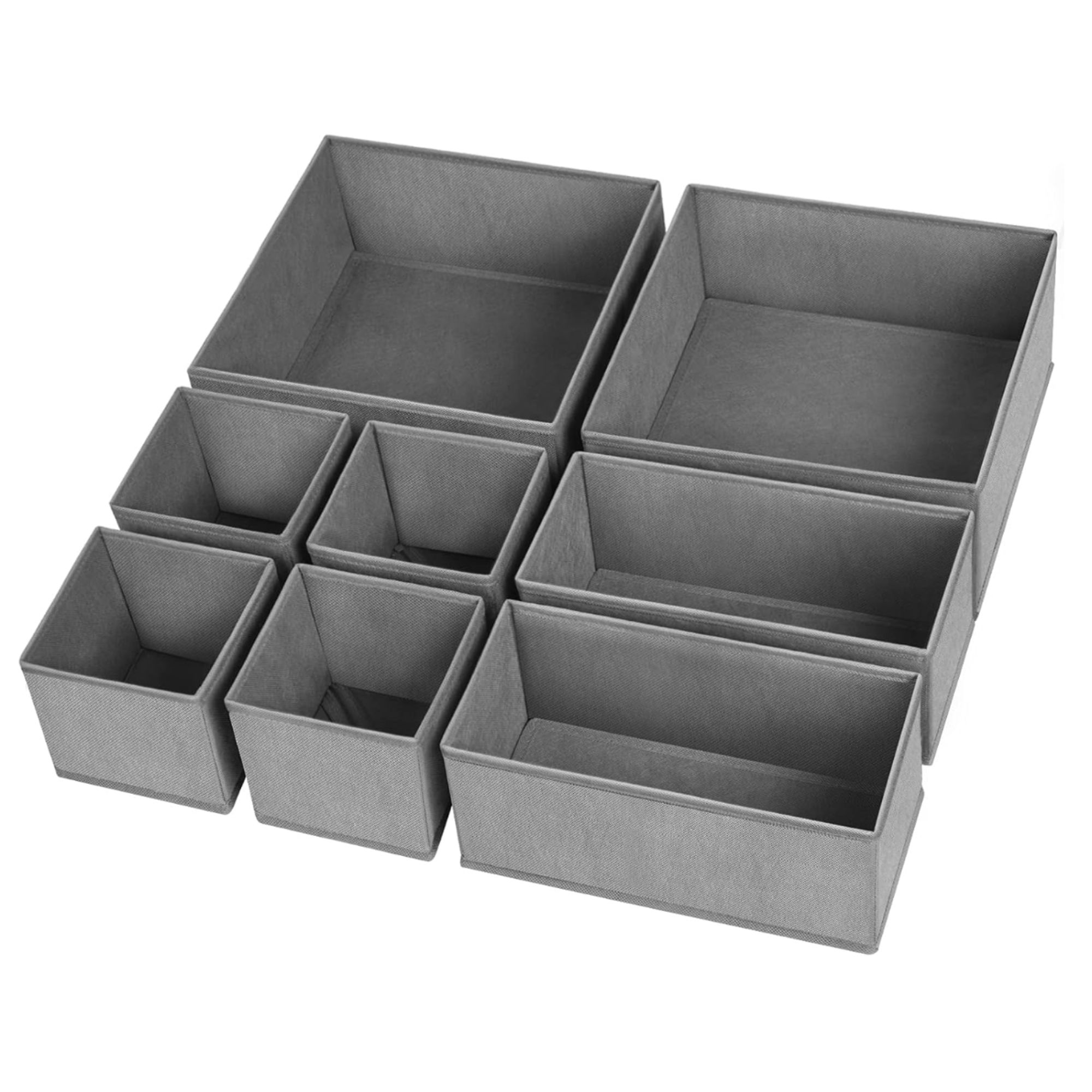
Keen to keep your delicates in a neat and tidy fashion? 'Drawer organizers are a must for keeping categories in place once you’ve pared things down,' Sofia says. Coming in a range of sizes, you can arrange your organizers to fit your drawers.
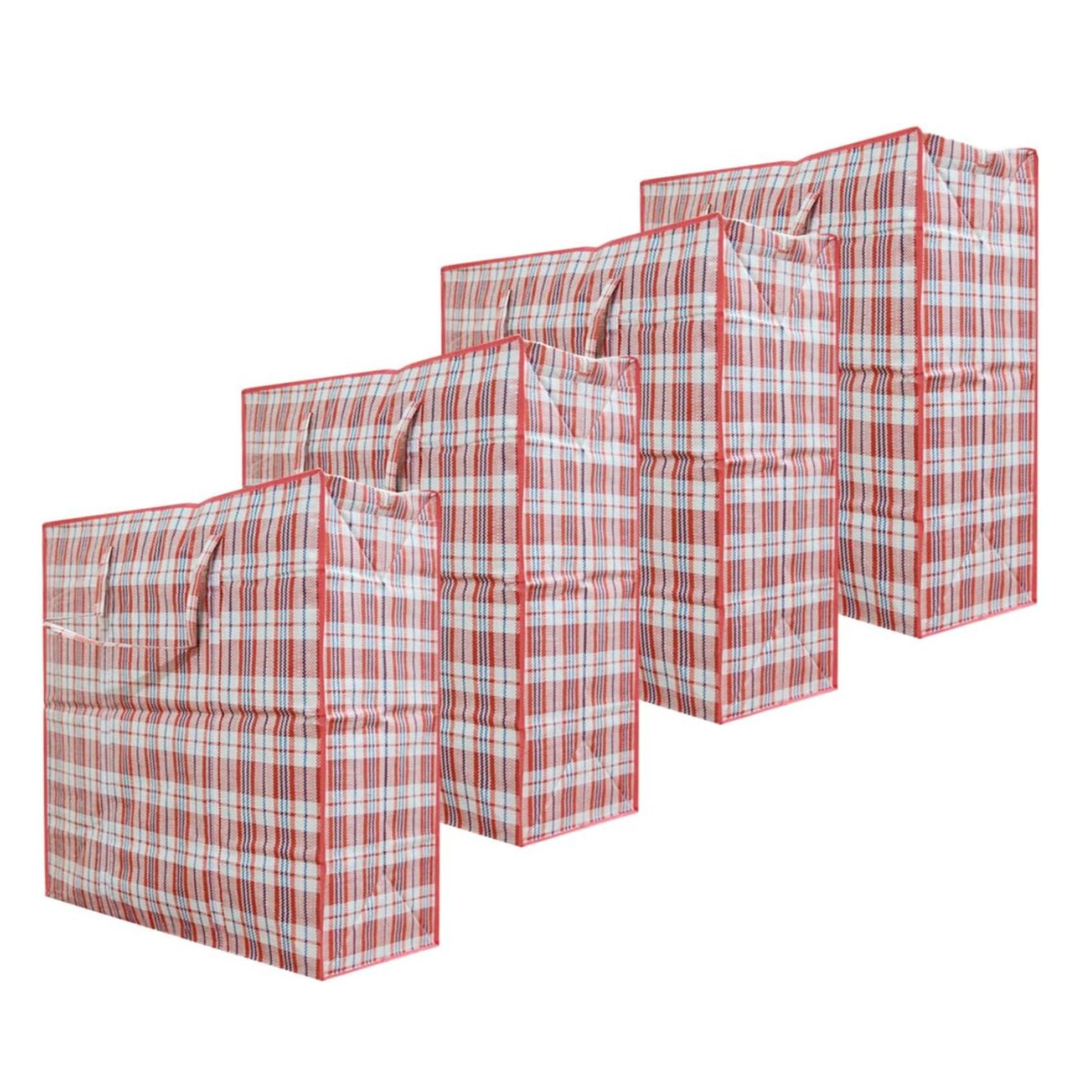
'I like having large reusable donation bags nearby to make follow-through easy,' Sofia says. The handles of these large and durable heavy-duty bags are reinforced with extra stitching, while the handy zipper helps to keep your donations fresh.
Meet the expert
Looking for more decluttering solutions? Discover the best decluttering methods we've tried and tested, and check out the decluttering rules a professional cleaner urges you to break.







